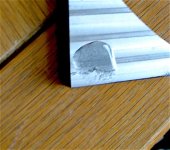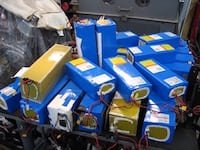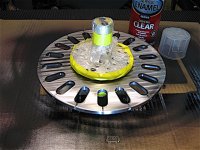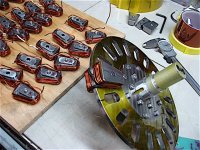APL
100 kW
- Joined
- Aug 6, 2018
- Messages
- 1,113
The Macor isn't a bad deal, at $20. for 3", it might be all that I need. But I would need to shape and cut small pieces
off, so I guess it depends on what they mean by machinable,.. any idea on what kind of lathe tooling is used for that?
I haven't worked with ceramics at all, but it seems to me that if I can grind a slight taper on the beads shown above,
then I would be all set to go. Just drill a slightly smaller hole, and pound them in.
I'll have to try some experiments with the pins that I have, and see if I can grind them a bit with the bench grinder, I have
one with a really fine stone on it. Otherwise, perhaps one of the diamond discs they sell for common tools might work.
Worth a try.
off, so I guess it depends on what they mean by machinable,.. any idea on what kind of lathe tooling is used for that?
I haven't worked with ceramics at all, but it seems to me that if I can grind a slight taper on the beads shown above,
then I would be all set to go. Just drill a slightly smaller hole, and pound them in.
I'll have to try some experiments with the pins that I have, and see if I can grind them a bit with the bench grinder, I have
one with a really fine stone on it. Otherwise, perhaps one of the diamond discs they sell for common tools might work.
Worth a try.






